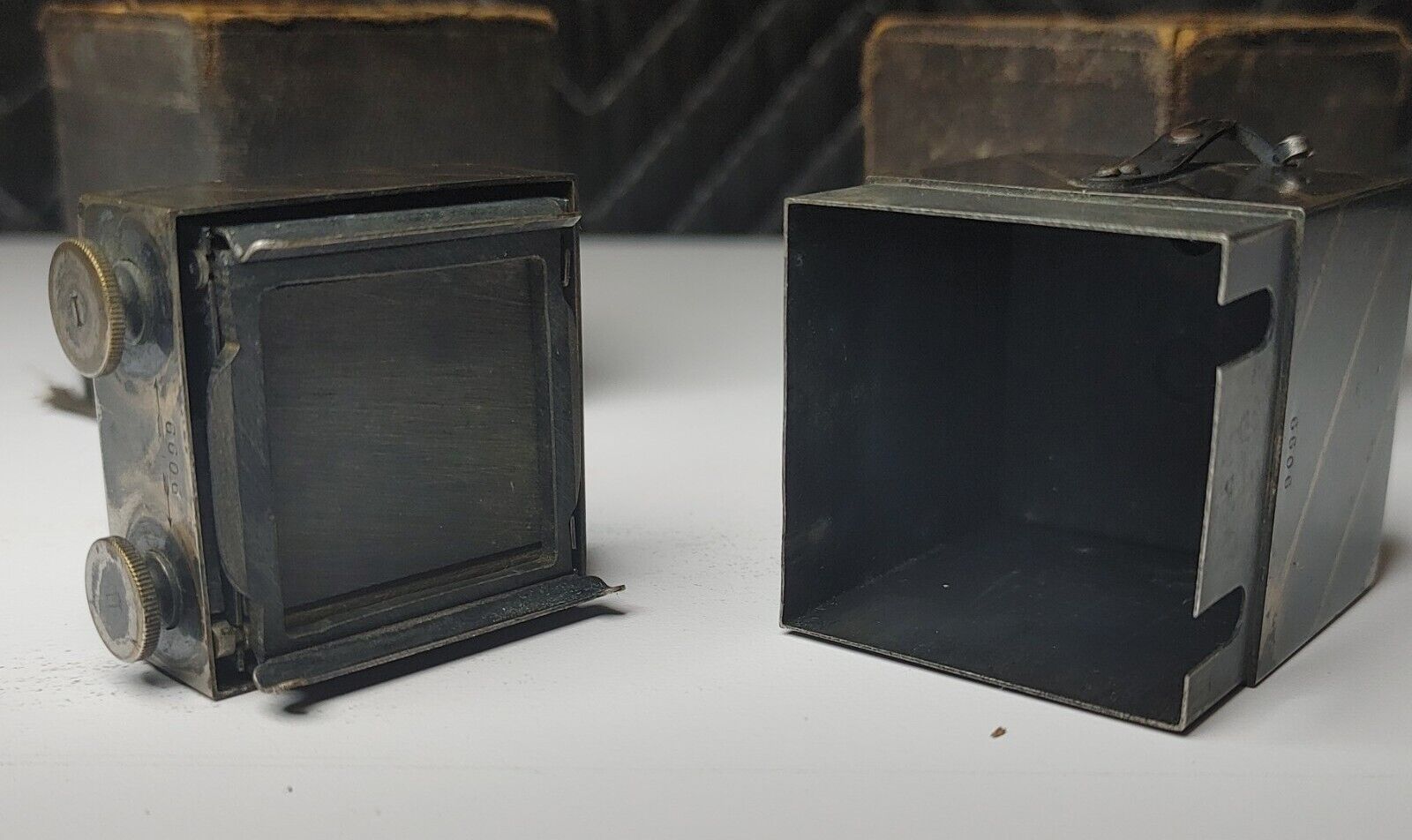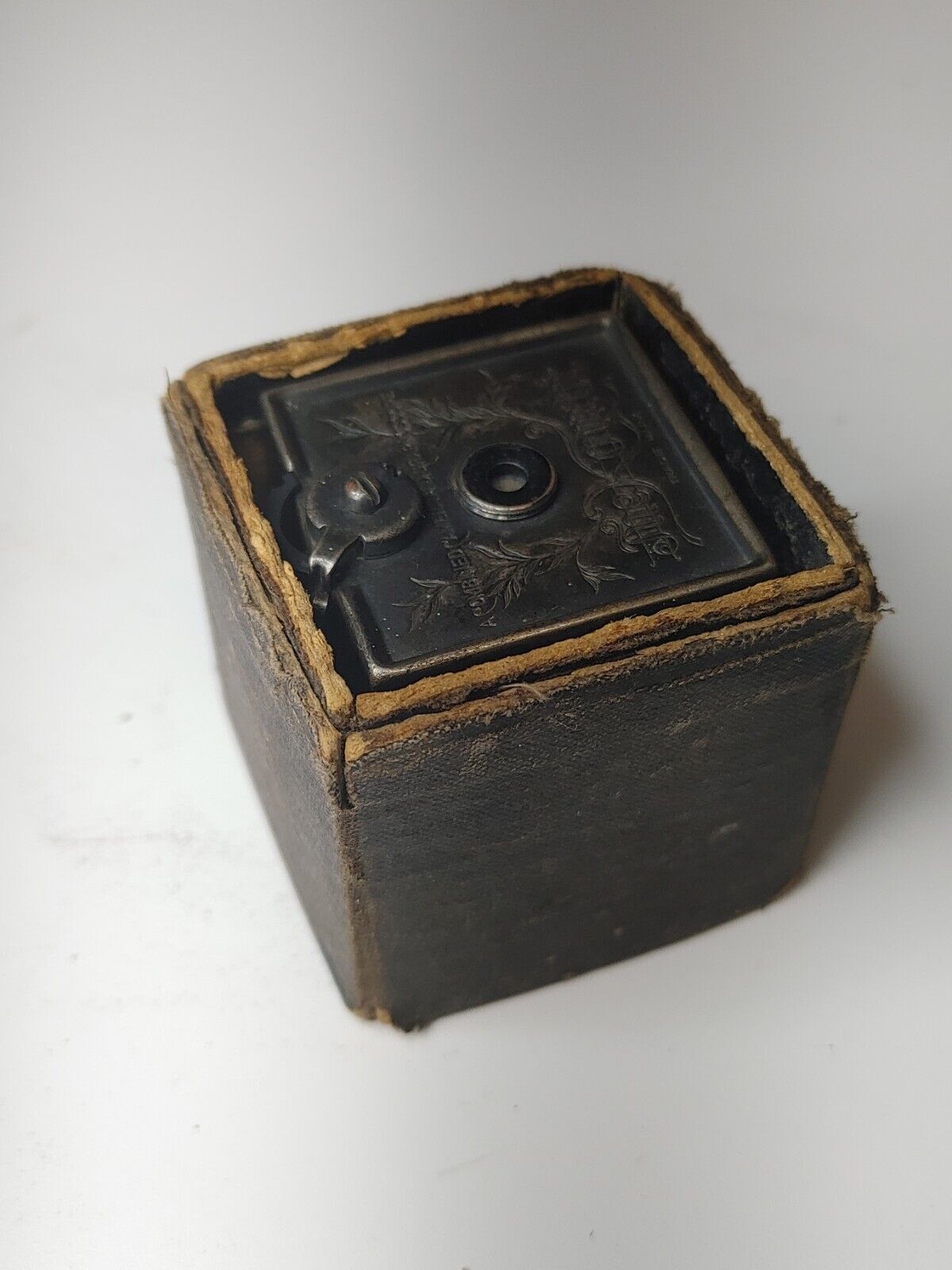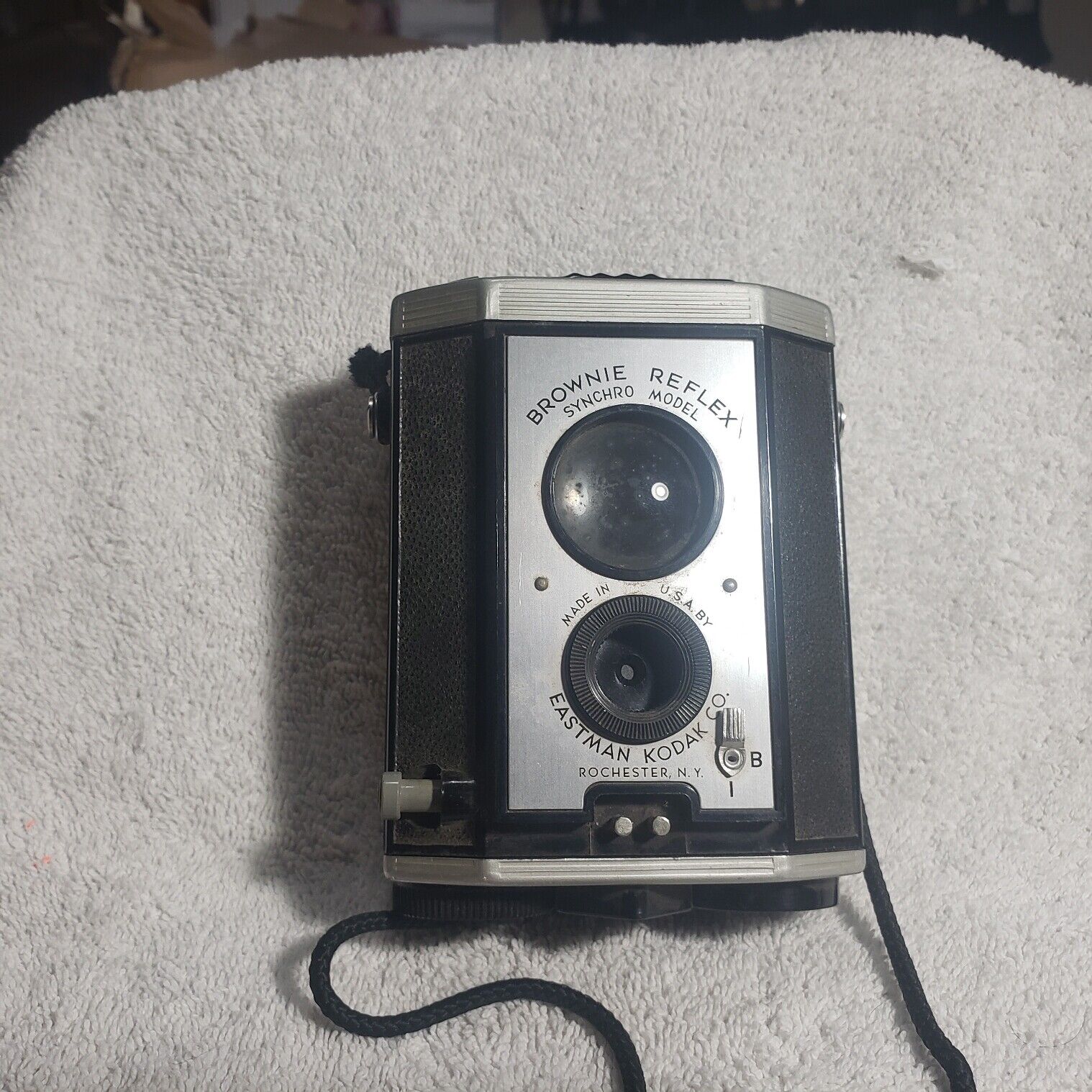-40%
Kombi Camera And Graphoscope - Alfred C. Kemper - S/N# 6606
$ 261.86
- Description
- Size Guide
Description
The Kombi was the first non-Kodak roll film camera for which Kodak produced its own type of film. It was made by Alfred C. Kemper of Chicago, Illinois USA, after the American William V. Esmond received a patent on it in England in 1892. Kemper and Esmond shared the rights on this successful 1890s miniature box camera that could make 25 exposures in 1 1/8×1 1/8" square format on one roll of transparent film. It is made of an all-brass construction. Different aperture plates could be mounted over its lens opening. It's main advantage was the exchangeable roll film magazine as camera back. The magazine with the exposed film had to be sent to the factory for film development and reloading. The camera was sold by the tens of thousands."Kombi" meant that the camera's film magazine could be loaded with a developed film and then be used as film viewer (graphoscope). That made the camera being a combination of both, a camera and a viewer.
It originally sold new for .50 in an ad from 1895. The Camera measures 1 5/8 X 2 inches and only Weighs 4 oz. It is made of seamless metal, oxidized silver finish. It has a beautiful face that appears to be stamped.
The body and the backing bear the same serial number of 6606 which is early production considering that they were made by the tens of thousands with no less than 45,000 total.
It includes it's original box whose top and bottom are missing.




















